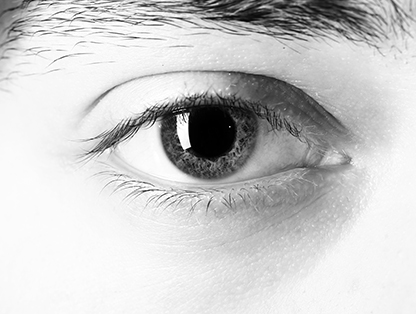What is Color Blindness?
Are you sure that you perceive colors correctly? Not all people perceive colors in the same way, many have difficulty distinguishing certain colors or shades. This problem is called color blindness or daltonism. There are several main types of color blindness: red-green, blue-yellow, and complete color blindness (monochromatism). The most common is the red-green type, when a person has difficulty identifying colors and shades in the red and green spectrum.
The problem of color blindness is very common, it affects about 1 in 12 men and 1 in 200 women. According to average estimates, the number of people with color vision deficiency in the world is about 300 million.
Ishihara Color Vision Test
Variations of the Ishihara test are most often used to quickly check for color blindness. This is a recognized and widely used color perception test developed by Shinobu Ishihara, a doctor at the University of Tokyo in 1917. During the test, the subject is shown a set of plates with a pattern of dots of different colors and sizes. These patterns are designed so that the numbers on them are visible to people with normal color vision, but are difficult for people with red-green color blindness to discern.
The Ishihara test is a fairly simple but very effective way to detect color blindness. It is often used by ophthalmologists as part of their vision screening procedure. The original Ishihara test consists of 38 images; we offer you a shortened version of 14 images, the accuracy of the results of which is almost the same as the full version.
How to take the Ishihara test
During the test, it is important not to wear glasses with colored lenses or sunglasses that distort color perception. If you use color-changing lenses, you should also remove them for the duration of the test.
Disclaimer
This color blindness test is not a diagnostic tool and is intended for educational purposes only. Please note that color rendering greatly depends on the settings of your monitor or smartphone screen. If you are experiencing symptoms of color blindness, we recommend that you consult a specialist and undergo an analog test.
















